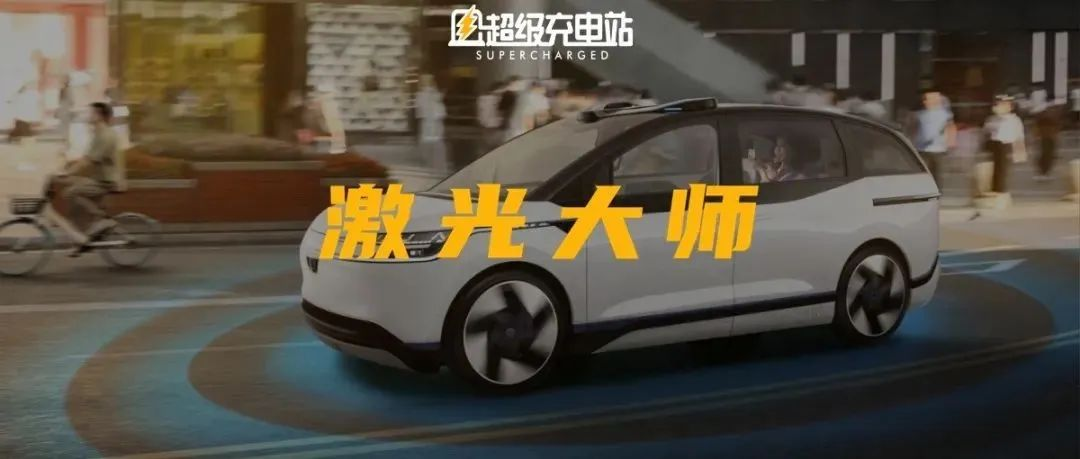Author: Cherio Cheng Yuan
If there is a selection for the annual keyword of working people this year, I believe the word “hardworking” must be nominated.
Every hardworking laborer has definitely done this kind of thing–complaining about others while secretly trying to surpass them. Because we all know deep down inside that, in this world, only by being even harder working can we beat the champions.
This principle applies no less to the giants of the industry.
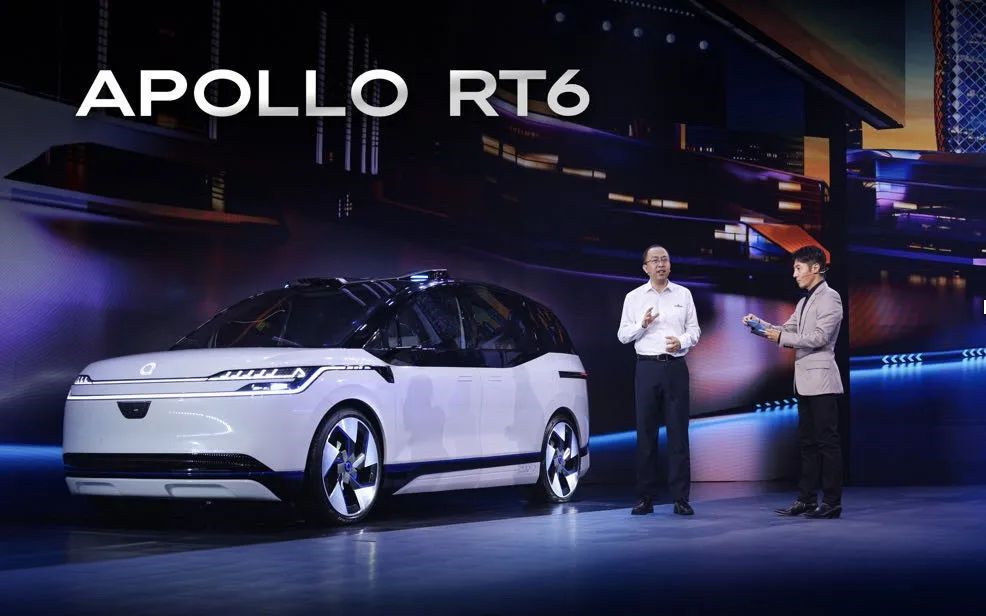
Over in Musk’s camp, the Tesla Q2 report has just been released, announcing that the FSD Beta North American public testing will begin at the end of the year; while over in Li Yanhong’s camp, Baidu Apollo RT6 was “the first to launch a car without a steering wheel.”
258,000 RMB for 8 LIDARs
“At a cost of 2.5 million yuan, with no steering wheel.”
At the 2022 Baidu World Conference held today, Baidu unveiled the sixth generation of mass-produced unmanned vehicles, Apollo RT6. In Baidu’s eyes, this is a model with autonomous driving capabilities that can cope with complex urban roads, and is expected to begin trial operations on the Luobo Run Robotaxi platform in 2023.
The most eye-catching feature of the new car’s exterior is the circle of LIDARs on the roof.
Good lord, I just finished typing this sentence only to realize that this car, bearing the label of “mass-produced,” already has enough LIDARs to be described in terms of “circles.”
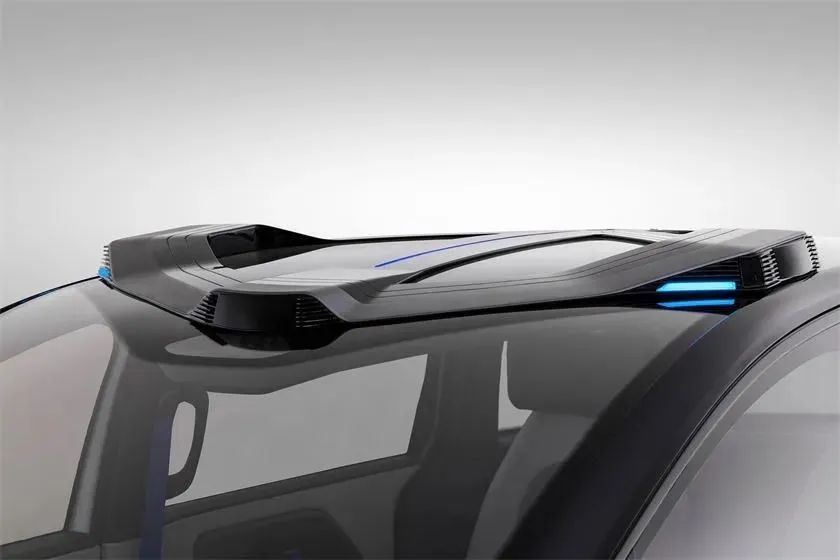
If we want to add even more emotion to this shocking revelation, we must also bring up the cost of this car: 2.5 million yuan for 8 LIDARs. On the one hand, we marvel at Baidu Apollo’s willingness to invest heavily in deep visual sensing, while on the other, we wonder about Baidu’s cost control abilities.
These marvels and curiosities will undoubtedly draw more attention to the car itself.
In my opinion, the appearance of the RT6 is a combination of SUV and MPV. The front of the car has a standard SUV shape, while the rear uses electric sliding doors, giving it a pure MPV feel.
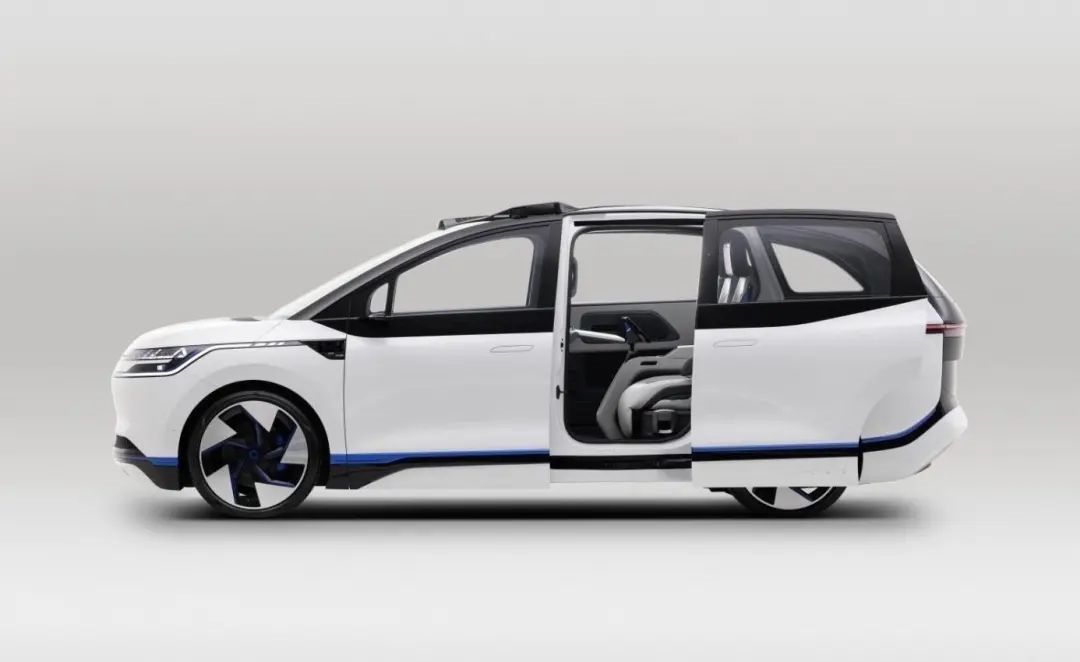
But as an officially defined “steering wheel-less car,” our attention to the car’s interior is clearly higher than to its exterior.Following the concept of “mobile intelligent space”, the version of RT6 without a steering wheel allows the driver’s seat to transform into an office desk, luggage rack, vending machine, or even a game console. The front passenger seat, which used to belong to the driver, can now be customized with modular options.
The 4760 × 1870 × 1650mm dimensions of the RT6 with a three-dimensional design and the longitudinal space of the rear seating area reaching 1050mm make for a comfortable C-class car at the cost of a B-class car with the length of an A-class car.
Since the steering wheel has been removed, automated driving must be put on the agenda.
According to reports, the RT6 is based on Baidu’s self-developed “Apollo Star River” architecture platform, which is also the first mass-produced model on the platform. The vehicle is equipped with a total of 38 sensors, including 8 LiDARs, 6 millimeter-wave radars, 12 ultrasonic radars, and 12 cameras, to support autonomous driving at L4 level on complex city roads with the help of 1200 TOPS of computing power.
The so-called L4 autonomous driving is set to be the benchmark for the RT6’s self-driving capabilities, which Baidu claims to be equivalent to those of a driver with 20 years of experience.
How will the 10,000 RT6 cars be put into use?
Each RT6 costs 250,000 yuan, which is one-tenth of the cost of an average vehicle in the industry. For the same price, consumers can purchase a Tesla Model 3 or Xpeng P7. However, Ideal ONE or NIO ET5 would require significantly more.
It is unlikely that RT6 will be sold in the consumer market. Instead, the main application channel is the company’s own Apollo Robotaxi platform, enabling Baidu to deploy more than 10,000 cars nationwide and invest 25 billion yuan in vehicle hardware.Up to now, Baidu Apollo has accumulated over 32 million kilometers of real-road testing mileage in urban areas. As of right now, Lobo has entered 10 cities, with orders accumulating over 1 million. Baidu expects to achieve operations in 65 cities by 2025 and cover 100 cities in 2030.
According to IHS Markit forecasts, the total market size of shared mobility in China will reach 2.25 trillion yuan by 2030, with Robotaxi accounting for 60% or 1.3 trillion yuan. The shared mobility market will gradually shift towards the unmanned vehicle travel market.
Baidu Apollo RT6 is driving towards a trillion-dollar scale competition.
Robotaxi also engages in price wars.
According to the Baidu Apollo team, an automotive robotics department was established in early 2021, focusing on the forward development of the 6th generation production of unmanned vehicle RT6 under confidential meetings.
This means that Robotaxi’s retrofitting model may gradually be phased out. However, other Robotaxi platforms are not like Lobo, with Baidu’s mass-production hardware support.
Compared with the Apollo Moon model, which cost 480,000 yuan to produce, RT6’s hardware costs have dropped by 48%, nearly half. At this stage, the decline of hardware costs directly relates to the reduction of consumer prices.
Li Yanhong said at the conference, “In the future, taking an unmanned vehicle will be half the price of taking a taxi now.”
Similar to Didi, Express, Uber, and Yidao’s era of online taxi wars, Robotaxi has started a price war, but Baidu’s opponent is all of the human-operated vehicles currently in the market. When a robotic taxi is cheaper than a chauffeur-driven car or a taxi, consumers will vote with their pocketbooks and decide which type of car to ride in.
For Baidu, if it wants to achieve the goal of “taking an unmanned vehicle is cheaper than taking an online ride,” it must continuously reduce its costs in all aspects, such as keeping the production cost of RT6 under 250,000 yuan. Hence, it is good to have over 10,000 vehicles operating on its network.
In fact, Robotaxi has a massive inherent advantage, which is the absence of a driver. Labor costs are extremely high in many countries. Releasing labor costs and investing more in the development of unmanned driving technology from a macro perspective is a technological liberation of human productivity.Li Yanhong believes that “intelligent transportation based on vehicle-road coordination can improve traffic efficiency by 15%-30% and drive absolute GDP growth of 2.4%-4.8% per year; with the deepening practice of intelligent transportation, China’s first-tier cities will no longer need ‘restrictions on car purchases’ and ‘traffic control measures’ within four years. The intelligent transportation system is expected to reduce 90% of traffic accidents.”
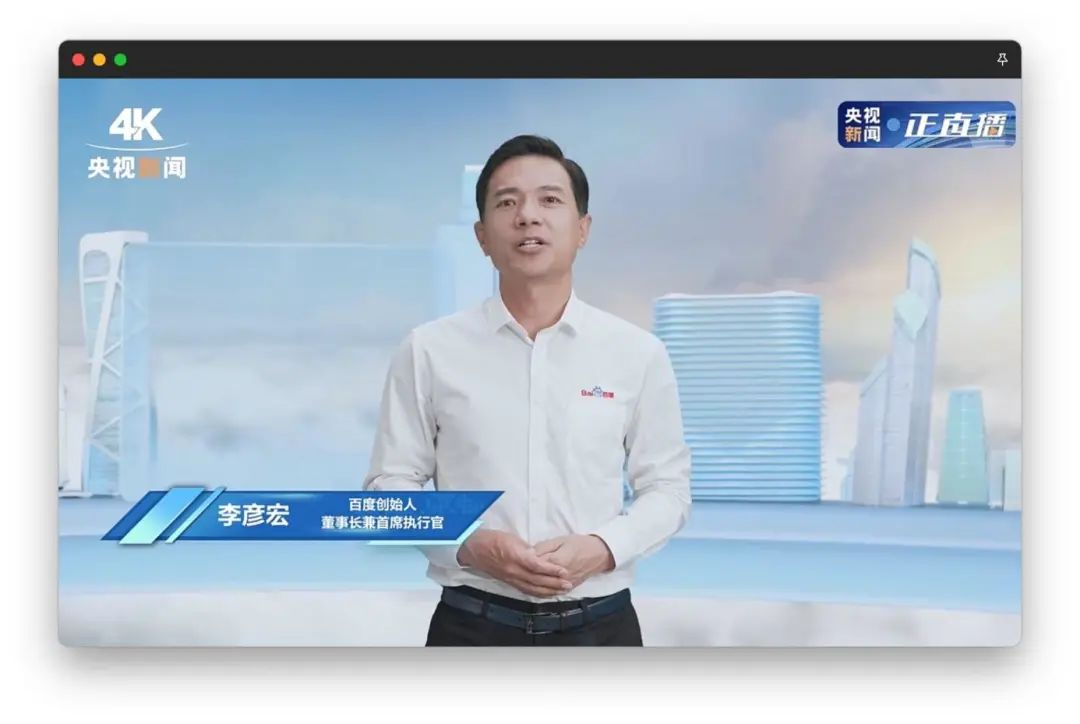
The vision is promising, but the timeline may need to be questioned. The improvement of traffic efficiency can increase national output value, which is a truth that everyone understands. After all, “if you want to be rich, you should first build roads”, and intelligent roads in first- and second-tier cities are still roads. As for no longer having “restrictions on car purchases” and “traffic control measures,” I think Robin means that individuals should no longer buy private cars, and instead, use the RT6.
Therefore, let us look forward to 2023, when I can commute in Beijing in my daily life with a mass-produced RT6 driverless car without a steering wheel.
This article is a translation by ChatGPT of a Chinese report from 42HOW. If you have any questions about it, please email bd@42how.com.
